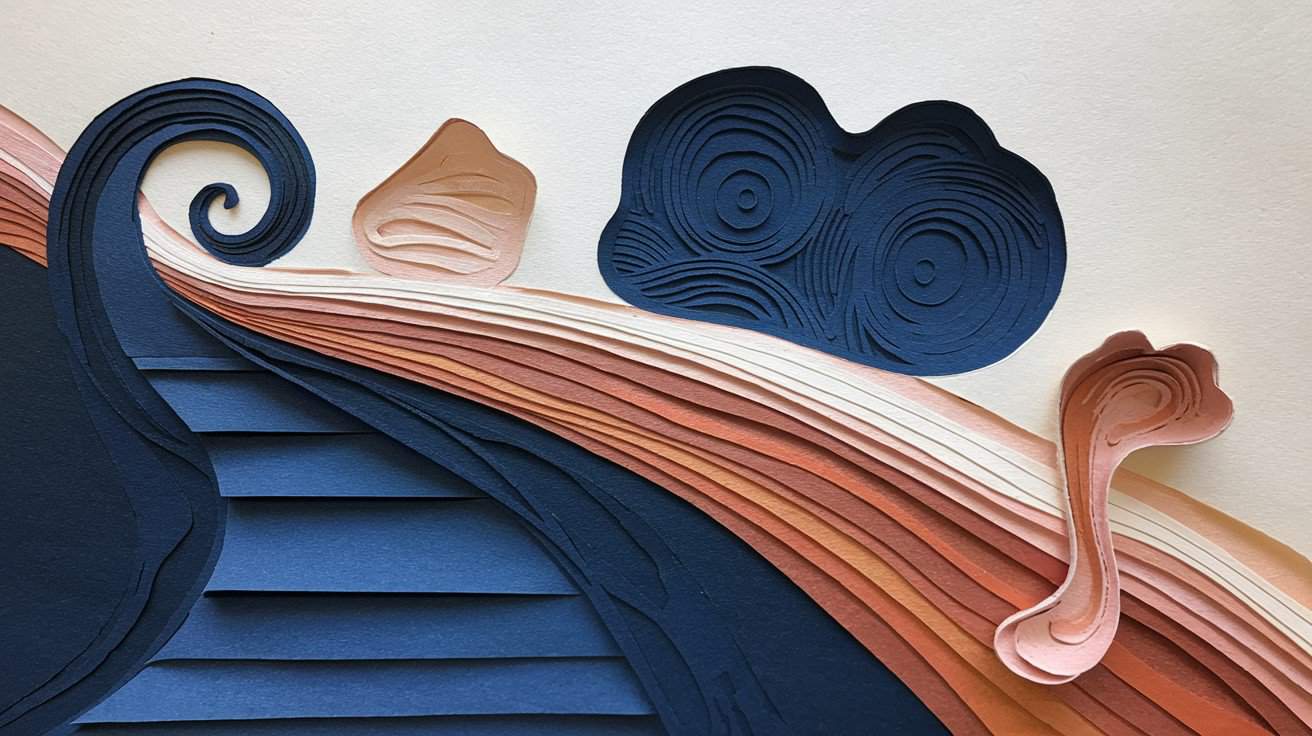I’ve been staring at the blank screen, watching the cursor blink, trying to find the right words to describe what it feels like when depression ebbs and flows. Maybe you know that feeling too – the confusion and frustration of experiencing good days followed by the unexpected return of the darkness.
Depression’s cyclical nature can feel like an ocean – sometimes the waters are calm and manageable, other times the waves crash over us without warning. If you’re wondering “Does depression come and go?” know that you’re not alone in this experience. Today, we’ll explore why depression can be cyclical, how to recognize when it’s returning, and most importantly, what you can do to navigate these waves.
Understanding Depression’s Waves
Depression isn’t always a constant state. For many people, it moves more like a tide – coming in and receding in a pattern that can feel unpredictable and overwhelming. Some days you might feel like yourself again, only to find the heaviness creeping back in gradually or suddenly.
This pattern is actually quite common. Research shows that about 50% of people who experience depression will have recurring episodes throughout their lives. The medical term for this is “recurrent depression,” but I prefer to think of it as waves – it better captures both the fluid nature of the experience and the hope that like all waves, these too shall pass.
Why Depression Comes and Goes
The cyclic nature of depression often has multiple underlying factors working together. Think of it like a garden – various elements like soil quality, weather, and care all impact how the plants grow. Similarly, depression can be influenced by:
- Life changes and stressors
- Seasonal shifts (especially in winter months)
- Hormonal fluctuations
- Sleep patterns
- Changes in routine or support systems
- Genetic predisposition
- Environmental factors
I remember talking with a client who described it perfectly: “It’s like having a weather system inside me that I can’t fully predict or control.” This understanding – that depression’s patterns aren’t your fault – can be the first step toward better managing its cycles.
Recognizing When Depression Is Returning
One of the most powerful tools in managing depression’s waves is learning to recognize the early warning signs. It’s like becoming your own emotional meteorologist – learning to spot the conditions that often precede a storm. By paying attention to shifts in mood, changes in sleep patterns, or feelings of fatigue, you can take proactive steps to address these signals before they escalate. This self-awareness not only empowers you but also opens up avenues for finding peace in existential dread, allowing you to confront deeper questions about life and purpose with a gentler mindset. Ultimately, becoming attuned to your internal weather patterns fosters resilience, helping you navigate through life’s emotional tempests.
Common signs that depression might be returning include:
- Changes in sleep patterns
- Loss of interest in usually enjoyable activities
- Feeling more irritable or emotional than usual
- Physical symptoms like headaches or digestive issues
- Withdrawing from friends and family
- Changes in appetite
- Difficulty concentrating
- Feeling overwhelmed by small tasks
Taking Action When You Feel Depression Coming Back
Here’s the most important thing I want you to know: recognizing depression’s return doesn’t mean you’re failing – it means you’re aware enough to take action. Think of it like seeing storm clouds gathering – you can’t stop the storm, but you can prepare and take shelter.
Some immediate steps you can take:
- Reach out to your support system – don’t wait until you’re in the depths
- Contact your mental health professional if you have one
- Return to or strengthen basic self-care practices
- Be gentle with yourself – this isn’t your fault
- Consider adjusting your schedule to include more rest and recovery time
Remember that seeking help isn’t a sign of weakness – it’s a sign of wisdom. Just as you wouldn’t try to weather a physical storm alone, you don’t have to face depression’s waves by yourself.
The truth about depression’s cycles is that they’re part of many people’s experience with this condition. But understanding these patterns can help us develop better strategies for managing them. Like learning to read the ocean’s rhythms, we can become more skilled at navigating depression’s waves.
If you’re experiencing depression’s ebb and flow, please know that help is available. Reach out to a mental health professional who can help you develop personalized strategies for managing depression’s cycles. You don’t have to figure this out alone.
Have you noticed patterns in your experience with depression? Understanding your personal patterns can be the first step toward better management. Share your experience below – your story might help others feel less alone in their journey.


